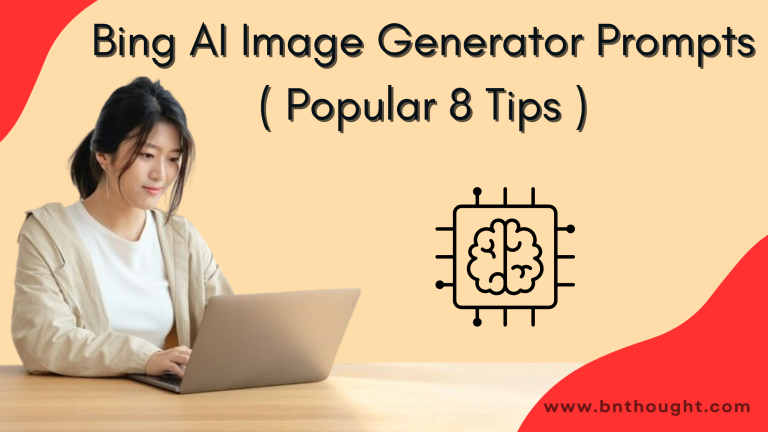
Bing AI Image Generator Prompts. In the present high level period, man-made cognizance (PC based knowledge) has changed how we make and control pictures. One such mechanical assembly that stands separated is the Bing reenacted insight Picture Generator. This astonishing resource can change fundamental text prompts into stunning visual show-stoppers. Regardless, like any gadget, the idea of the outcome overwhelmingly depends upon the data. This is where reasonable inciting turns into an indispensable element.
Understanding the Bing AI Image Generator
Before we plunge into the tips, we should initially comprehend what the Bing simulated intelligence Picture Generator is and the way that it works. This simulated intelligence driven instrument takes text depictions and converts them into pictures. It use progressed AI calculations to grasp the subtleties of the text and produce relating visuals.
How It Works
The generator uses a neural network trained on a vast dataset of images and their descriptions. When you input a text prompt, the AI analyzes the text, understands the context, and generates an image that matches the description as closely as possible.
Key Features
- Versatility: Capable of generating a wide range of images from different genres and styles.
- User-Friendly: Easy to use with a straightforward interface.
- High-Quality Outputs: Produces visually appealing and detailed images.
Creating Effective Prompts
To make the most out of the Bing AI Image Generator, you need to master the art of prompting. But what exactly makes a good prompt?
What Makes a Good Prompt?
A good prompt is clear, specific, and detailed. It should convey exactly what you want the image to depict without being overly complicated.
Common Mistakes to Avoid
Vagueness: Providing too little detail can lead to generic or irrelevant images.
Overcomplication: Adding too many details can confuse the AI and result in cluttered images.
Popular 8 Tips for Bing AI Image Generator Prompts
Now, let’s explore the top 8 tips to help you create effective prompts for the Bing AI Image Generator.
Tip 1: Be Specific
Importance of Specificity
The more specific your prompt, the better the AI can understand and generate the desired image. Specificity helps in reducing ambiguity and ensures that the output matches your expectations.
Examples of Specific Prompts
Rather than “a feline”, attempt “a dark feline with green eyes sitting on a red mat.”
Rather than “a timberland”, attempt “a thick woods with tall pine trees and a little brook going through.”
Tip 2: Use Descriptive Language
Enhancing Detail with Adjectives
Descriptive language adds depth to your prompts. Use adjectives to describe colors, textures, and emotions to create a more vivid image.
Examples of Descriptive Prompts
“A serene sunset over a calm ocean with hues of orange and pink.”
“A rugged mountain landscape with snow-capped peaks and a crystal-clear lake.”
Tip 3: Keep It Simple
Avoiding Overcomplication
While details are important, overloading your prompt with too much information can confuse the AI. Keep your prompts brief and direct.
Examples of Simple Prompts
“A smiling child holding a balloon.”
“A vintage car parked under a tree.”




Tip 4: Experiment with Different Styles
Exploring Various Artistic Styles
Experimenting with different styles can yield unique and creative results. Specify the style you want, whether it’s realistic, abstract, cartoonish, or impressionistic.
Examples of Style Prompts
“A watercolor painting of a clamoring city road.”
“A digital illustration of a futuristic cityscape.”
Tip 5: Include Context
Adding Background and Setting
Providing context helps the AI understand the environment and setting of the image. This can make the image more coherent and meaningful.
Examples of Contextual Prompts
“A knight in shining armor standing in a medieval castle courtyard.”
“A woman in a red dress dancing in a grand ballroom.”
Tip 6: Leverage Emotions
Using Emotional Language
Incorporating emotions into your prompts can add a layer of depth and resonance to the generated images. Describe the mood or feeling you want the image to convey.
Examples of Emotional Prompts
“A lonely child sitting on a park bench on a rainy day.”
“A joyous family reunion at the beach.”
Tip 7: Combine Concepts
Mixing Different Ideas
Combining different concepts can result in innovative and surprising images. Don’t be afraid to mix seemingly unrelated ideas.
Examples of Combined Prompts
“A dragon flying over a futuristic city.”
“A robot chef cooking in a traditional Italian kitchen.”
Tip 8: Iterate and Refine
The Importance of Revision
Don’t hesitate for even a moment to change and refine your prompts. Iteration can help you achieve the desired results more accurately.
Examples of Iterative Prompts
Start with “a cat” and refine to “a fluffy white cat with blue eyes playing with a ball of yarn.”
Advanced Techniques
Once you’ve mastered the basics, you can try more advanced techniques to enhance your prompts further.
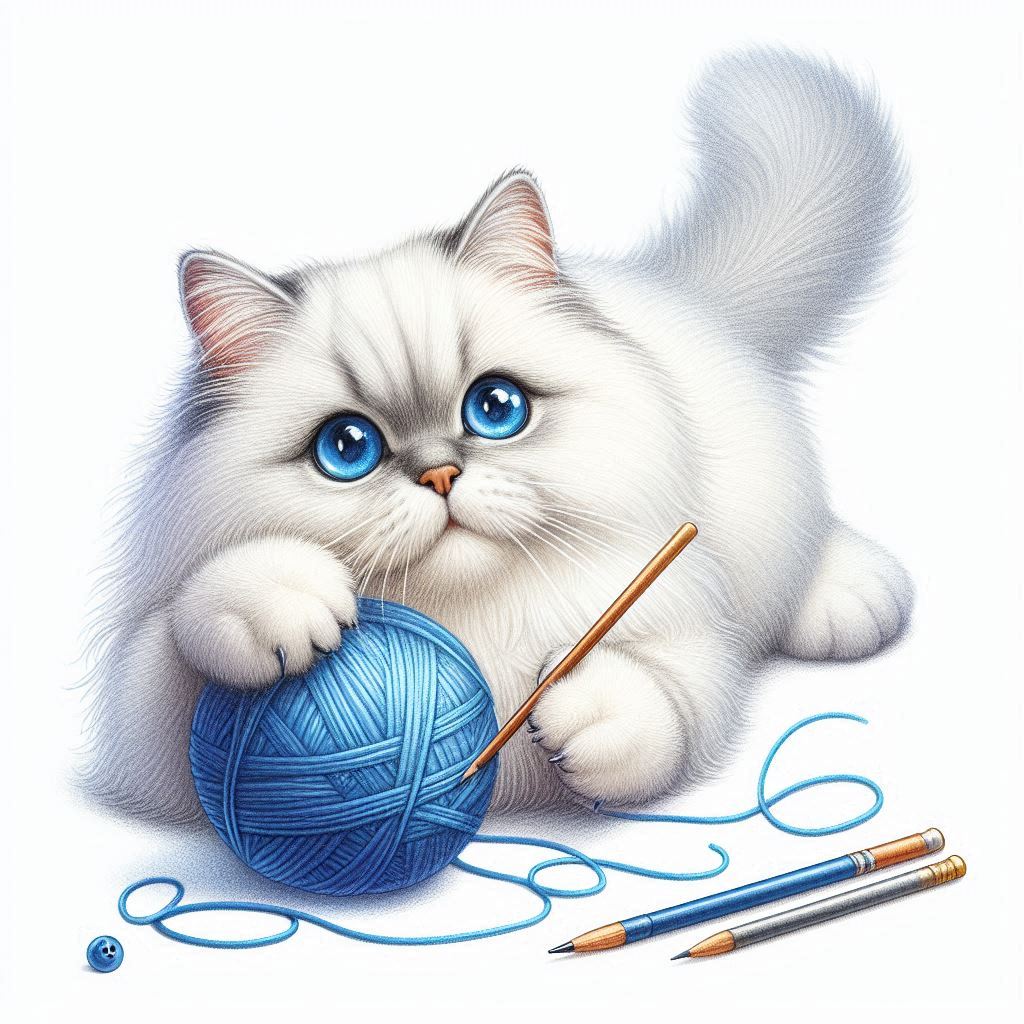
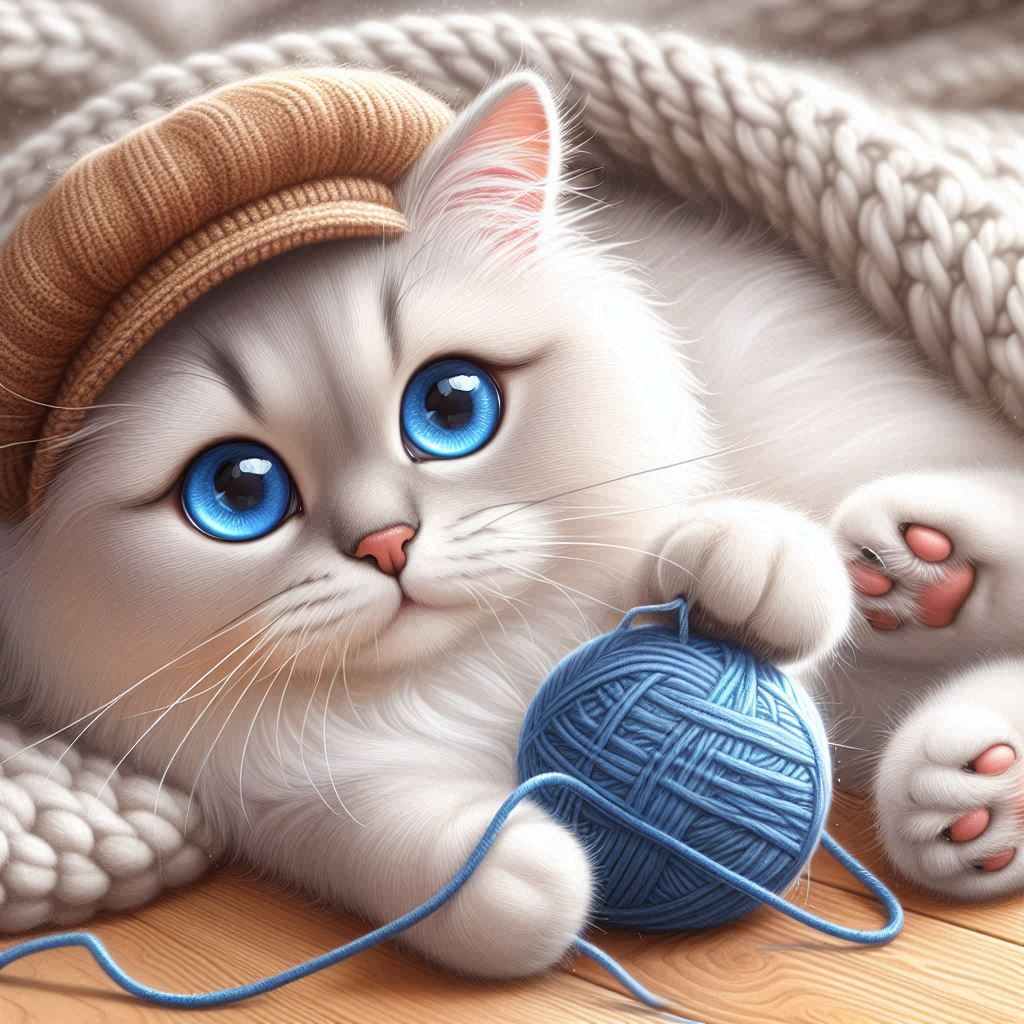
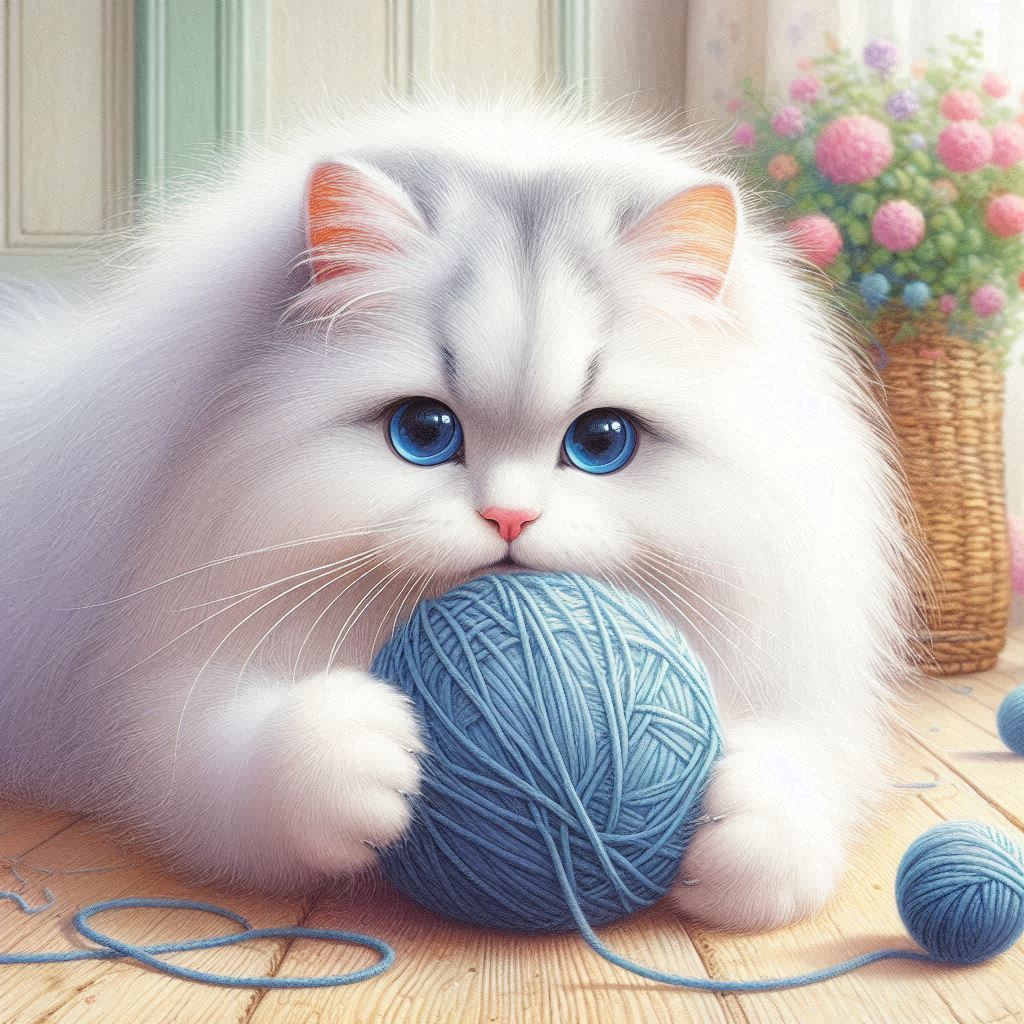
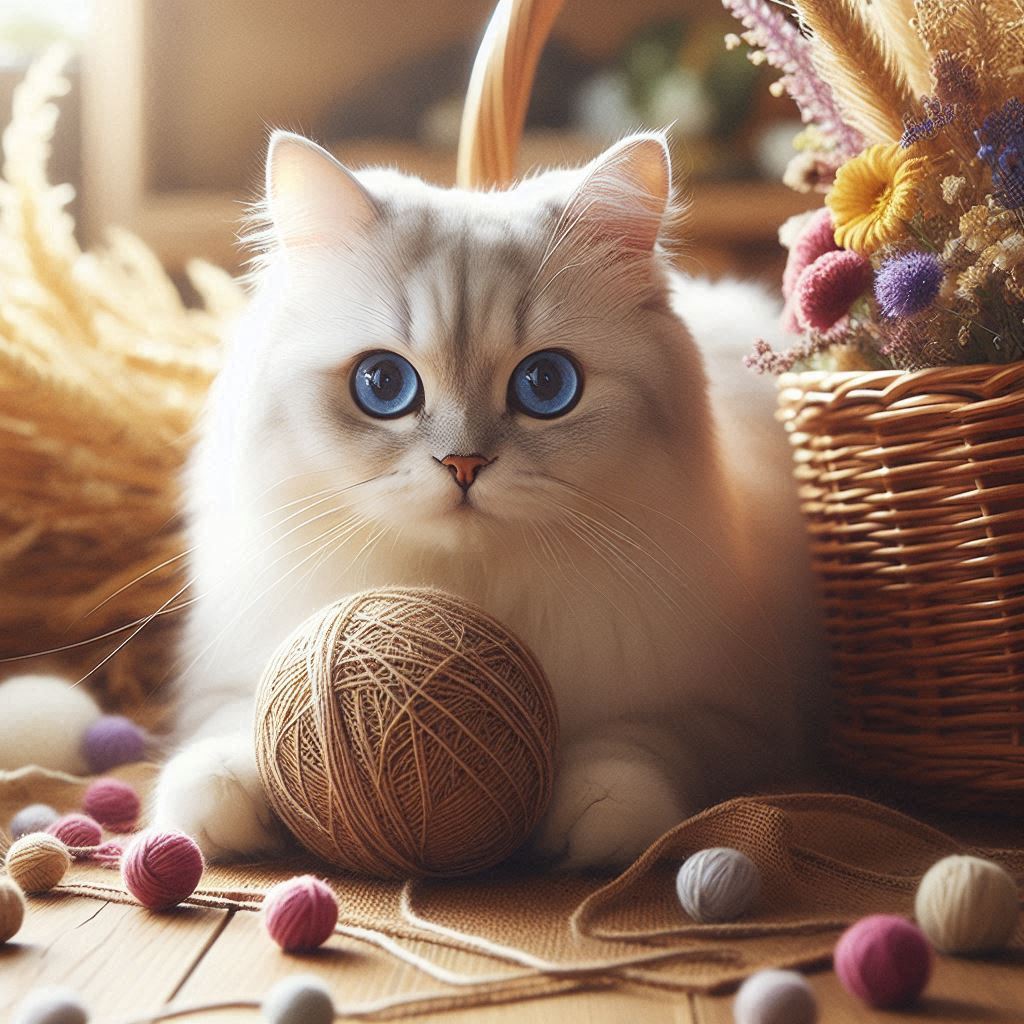
Using Metaphors and Analogies
Metaphors and analogies can add a creative twist to your prompts, making them more engaging and unique.
Examples
“A stormy sea, like the emotions of a heartbroken poet.”
“A nursery in full fledgling, as powerful as a painter’s reach.”
Incorporating Symbolism
Symbolism can add deeper meaning and context to your images. Think about what certain objects or colors represent and include them in your prompts.
Examples
“A white dove flying over a battlefield, symbolizing peace amidst chaos.”
“A shriveling rose in a glass jar, addressing the delicacy of magnificence.”
Common Pitfalls and How to Avoid Them
Creating effective prompts is an art. Here are a few normal traps and how to stay away from them.
Avoiding Vague Descriptions
Vague prompts can lead to generic and uninspiring images. Be all around as point by point and explicit as could really be expected.
Balancing Detail and Simplicity
While details are important, too much information can overwhelm the AI. Find a balance between being detailed and keeping it simple.
Practical Examples and Case Studies
Real-World Applications
Bing AI Image Generator can be used for various real-world applications, from marketing and advertising to personal projects and creative endeavors.
Success Stories
Explore success stories of individuals and businesses who have used Bing AI Image Generator to achieve their creative goals.
Bing Ai Image Generator Not Working. Read More... Conclusion
Making successful prompts for the Bing man-made intelligence Picture Generator requires a blend of particularity, inventiveness, and refinement. By following these tips and strategies, you can produce dazzling and extraordinary pictures that really catch your vision.

